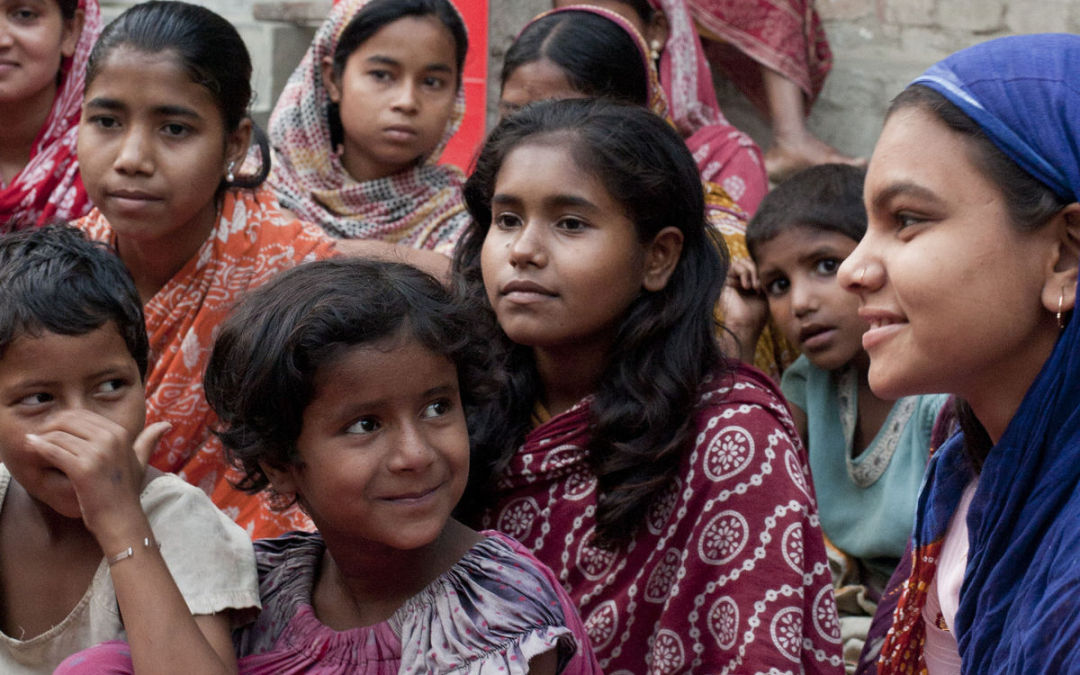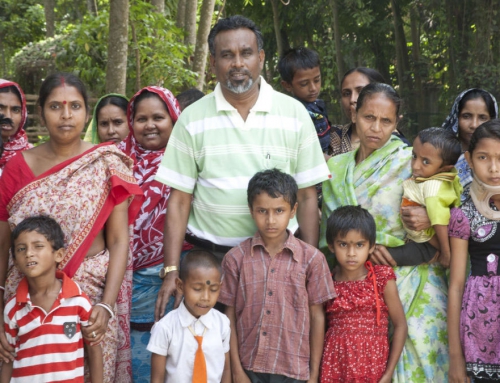Project Description
In India early marriages are widespread. The average age for marriage is only 17 years old. The priority is to stop the phenomenon of child brides.
Networks’ development to prevent early marriage
Girls who marry before 18 are more likely to experience domestic violence than their peers who marry later.13 The isolation of girls forced to marry makes it harder to access help, including child protection services. Sexual violence is inherent within child marriage: sex with a child under the minimum age for consent and unwanted sexual relationships are gross violations of a child’s rights, regardless of whether they take place within the context of a marriage.
In many societies, girls suffer discrimination at school through violence and prejudice, which results in lower enrolment rates and under-achievement. This in turn helps to perpetuate gender discrimination, contributing to a continuing cycle of early pregnancy, early marriage and poor health. The attitudes and behaviour of parents, teachers and other children have been identified by girls themselves as the key barriers to participation. In addition, teacher training often does not address gender issues or child-friendly teaching techniques, which lead to the marginalisation of girls within the classroom. By working in a combined and sustainable manner with girls, boys, parents, teachers and other actors, we can improve the retention and achievement of girls in schools and have a wider impact on how far girls’ voices are valued in decisions that affect their lives.
With the aim of contributing to reduce the harmful practice of child marriage, as well as to reinforce the Murshidabad district’s child protection system, the project combines three elements:
- it fosters youths’ personal skills in order for them to gain greater negotiating power on decisions their lives;
- it promotes community-level dialogue to raise their awareness of the negative consequences early marriage has and it promotes positive examples of girls who —by delaying the age of marriage— have finished their studies and improved their social status;
- it fosters collaboration among several stakeholders involved in child protection, including local protection committees.
Through these and other on-going initiatives we aim to nurture values of equality and justice, to respect the rights of both girls and boys, and ultimately to help all children realise the full potential of education.
Direct Beneficiaries reached: 2,700, among which: 2,000 youths aged between 11 and 15 attending the schools that have been chosen to take part in the project; 200 young girls receiving individual counselling; 60 girls aged between 16 and 18 receiving vocational training; 5 Gram Panchayat members; 5 members of the local police and other 20 stakeholders.


